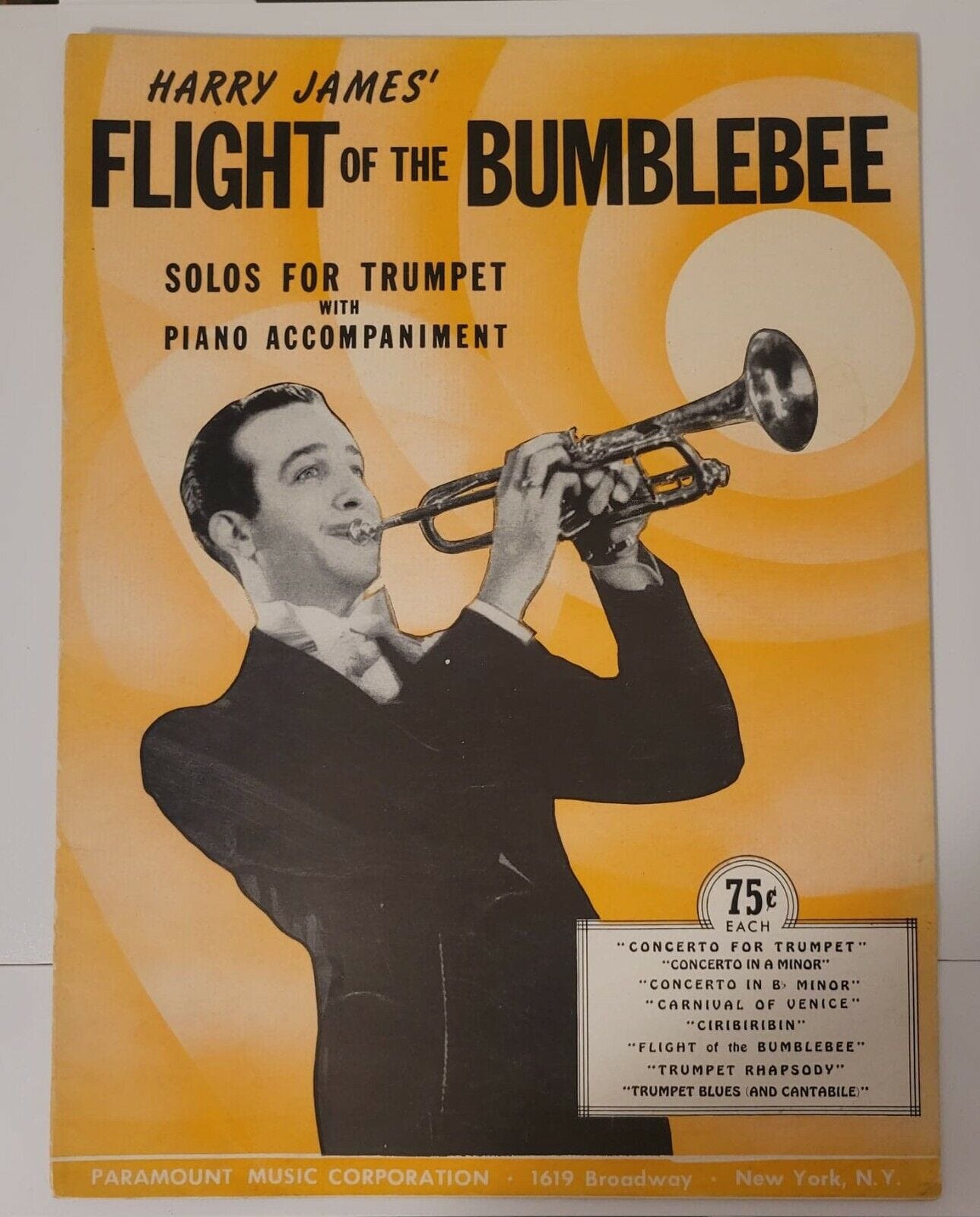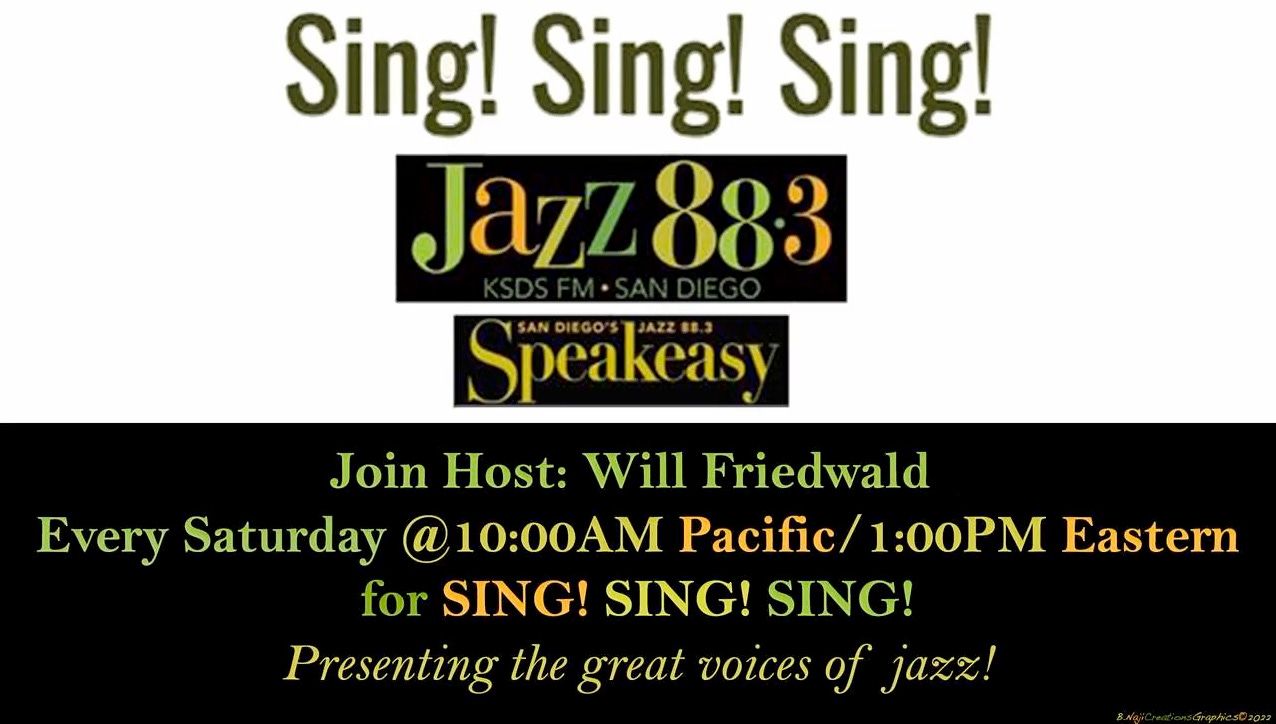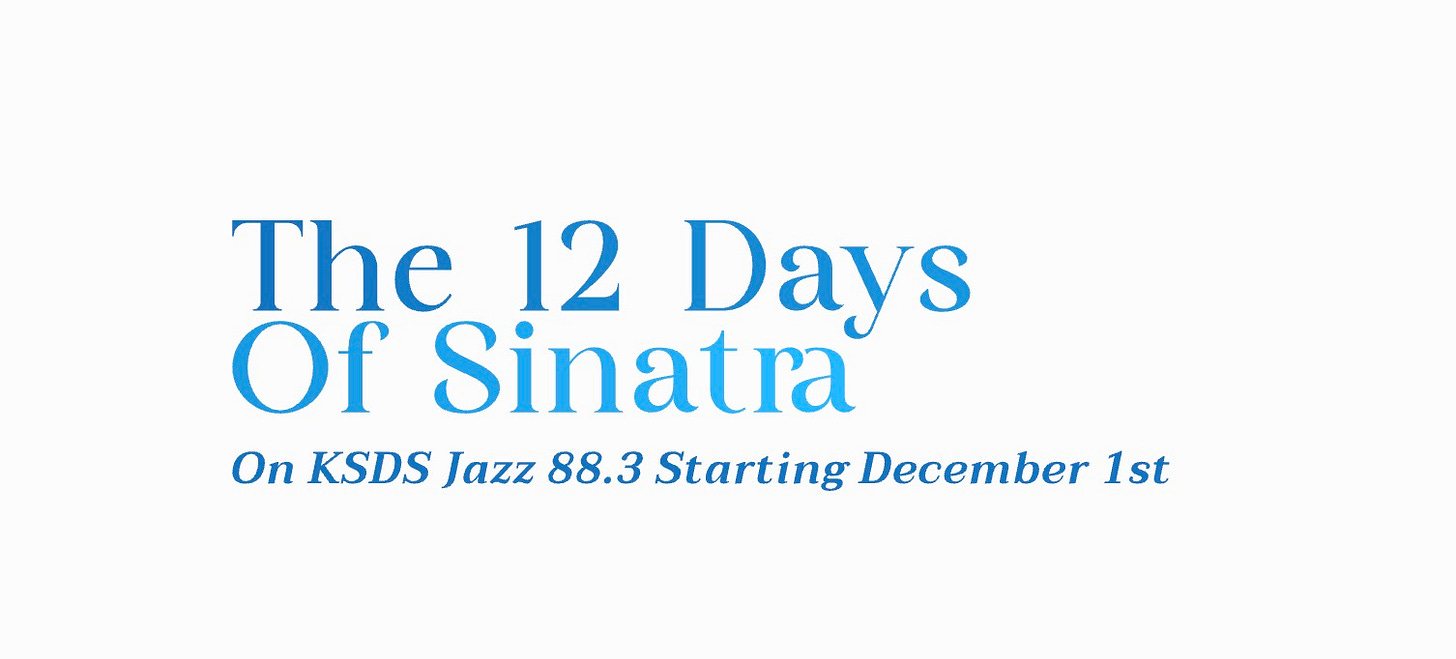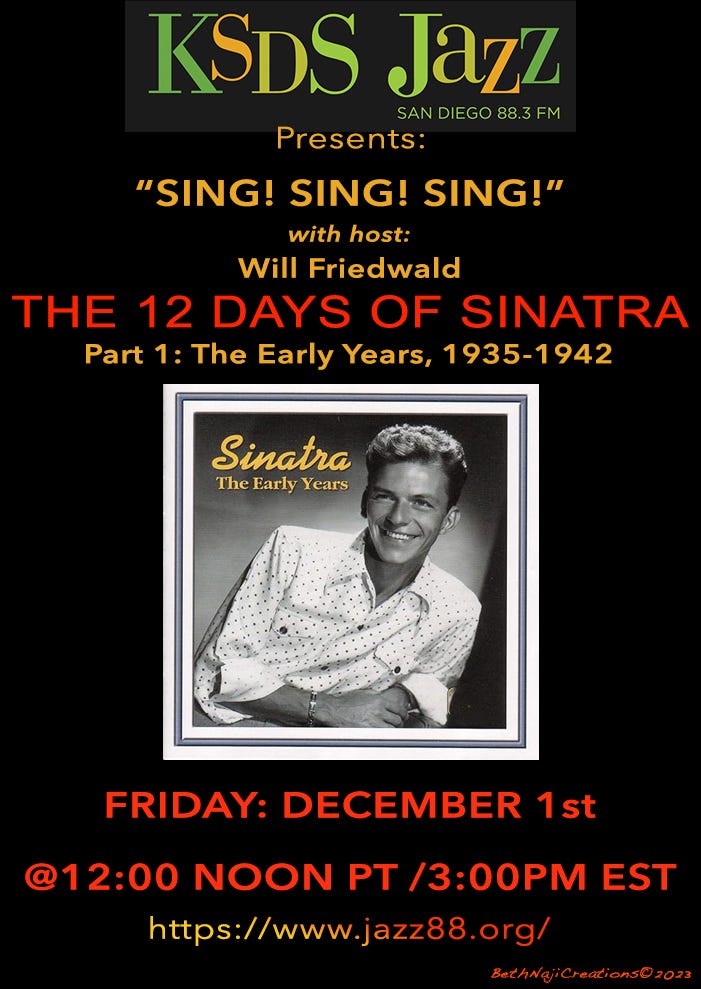(Special thanks to Chuck Granata, of course, and to Michael “Contentious” Kraus and Rob Waldman for reading this through in advance. And as always to Elizabeth Zimmer!)
THE SICILIAN CLUB
By 1939, Mane had left WAAT. By now he was primarily doing what professional musicians call "club dates." Although these engagements occasionally do take place in a club, they are organized by individuals throwing private parties - weddings, bar mitzvahs, and the like - rather than nightclub owners. Mane had, however, not yet formed his own band, although he may have been toying with that possibility in the spring of 1939.
Mane had a friend named Al DeCresi; the two had known each other since grammar school and like Mane, DeCresi had also grown up to become a professional musician - in his case a pianist. In 1939, DeCresi was working for a minor albeit nationally-known bandleader, the trombonist Clyde Lucas. When DeCresi learned that there was about to be an opening in the reed section, he recommended Mane for the job. Lucas's band was based in Los Angeles and was officially known as "Clyde Lucas and his California Dons," so it would have been difficult for Mane to audition in person.
However, it occurred to Mane that he could give Lucas an idea of the caliber of playing that he was capable of by means of what might be called a demonstration recording. He decided to produce a record of himself playing one of the most treacherous of all musical features, the unbelievably fast and tricky "Flight of The Bumblebee." This concert piece had started life as an orchestral instrumental in Rimsky-Korsakov's 1900 opera, The Tale of Tsar Sultan. The work had been transcribed as a virtuoso showpiece for classical pianists, and, by the '30s, had also been taken up by trumpeters of both the concert (as in Rafael Mendez) and jazz (as in Harry James) variety. Mane had made a speciality of playing this extremely difficult, finger-busting, tongue-twisting melody on his alto sax, in the Rudy Weidoft sax virtuoso style.
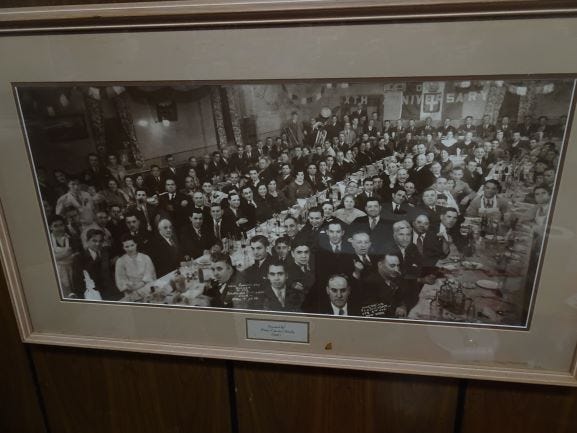
Mane located a recording studio in New York, the Harry Smith Recording Studios at 2 West 46nd Street. For the princely sum of $27, he booked an hour's worth of time and set a date for March 18, 1939. He then began to assemble an orchestra of the best local musicians he could find, all of whom were friends who wanted to be in on this record with him. Mane gathered Tommy D’Agostino and Jimmy Morreale on trumpets, trombonist Pete Skinner, Bill Burbella on bass, Hank Lapidus on piano, drummer Don Rigney, and Sonny Hockstein, David Harris, and Harry Shuckman joining the impromptu leader in the saxes.
Of the nine men who agreed to do the date with Mane, two would have a close relationship with Sinatra. Harry Shuckman was playing tenor with Bob Chester's Orchestra at the time of Sinatra's aborted stint with that band, around this time in the spring of '39. Shuckman (sometimes listed in discographies as Schuchman or Schumann) would later rejoin Sinatra in Hollywood and play in the reed section of many Sinatra Columbia sessions between 1946 and 1949, as well as on Sinatra's 1956 instrumental album Tone Poems Of Color. Drummer Don Rigney's connection with The Voice was more personal: several weeks earlier, he had served as best man at Sinatra's wedding.
It may or may not have been Rigney who had informed Sinatra that Mane was going into New York to do his own record date with his own ad-hoc orchestra. Sinatra was a hungry young man then, and always in a hurry. He had his ear cemented to the ground in search of opportunities to perform and be heard: at this point he was singing for next to zilch at any radio station with airtime to spare (not only WAAT but also WNEW in New York, to name merely two) or for any bandleader who would listen. He already had done an unsuccessful audition with Tommy Dorsey, badgered Glenn Miller for a job (also to no avail) and rehearsed with the fledgling Bob Chester orchestra.
One way or another, Sinatra heard about the impending Frank Mane session. The night before the scheduled date, Mane and his nine sidemen were rehearsing in a back room at the Sicilian Club (founded in 1929), when Sinatra showed up. He didn't run through any tunes with Mane's band at this time; however, he did ask if he could come to the session the next day. Mane said sure, he didn't mind, why not come along? And that was that.
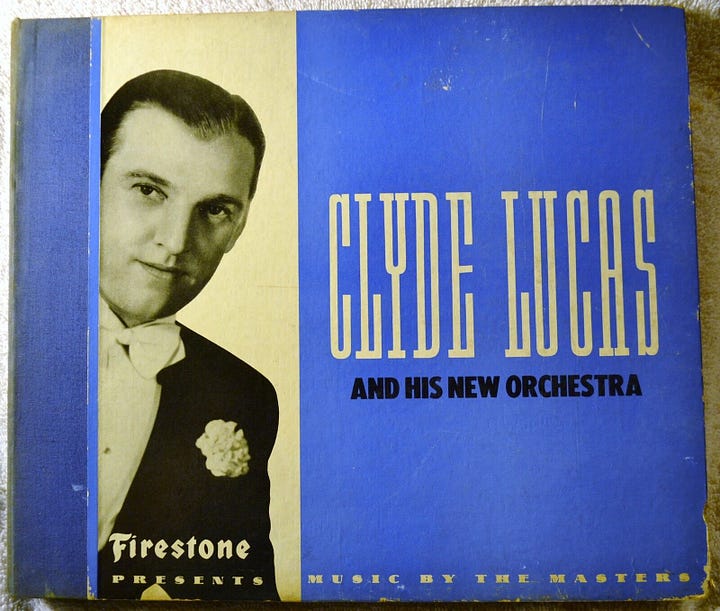
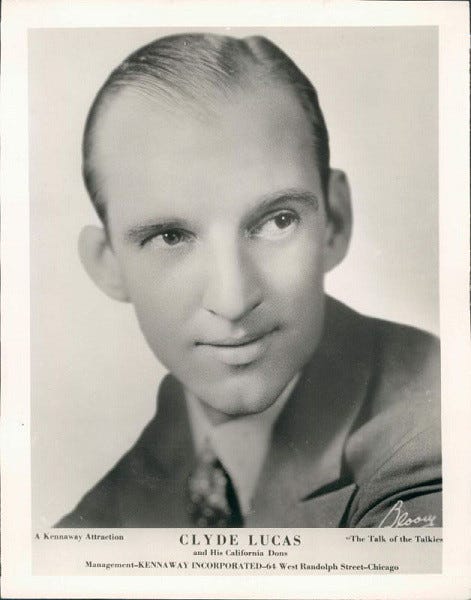
THE SESSION
Mane, his nine sidemen, and Sinatra all arrived at the Smith studio in a variety of cars, the singer being driven in by another friend. Recording in 1939, particularly in a low budget studio like Harry Smith's, was practically an entirely different medium than it is now. Philosophically, recording was more closely linked to live performance; the idea developed by pop bands later on, that they could use technology to create music that could never be replicated on a gig, would have been totally ludicrous in 1939. Basically, each number had to be performed all the way through, as in a live appearance, rather than in fragments, as most pop music is constructed today. A mistake in any part of the performance meant doing the whole thing over from scratch.
By contemporary standards, the quantity and quality of the music that the Mane men recorded that day was phenomenal - yet par for the course for that era. This was the same way they would have played the songs at a dance. Further, if any of the men had ever dreamed about going into studio work (about the most lucrative and stable area of the music industry), as Shuckman did, they would have to sight-read the music and create masters worthy of commercial release in an amazingly short amount of time. Studio musicians were considered the aristocracy of the metropolitan area locals, New York, New Orleans, Kansas City, Los Angeles, and Chicago.
As planned, the first order of business was "Flight of the Bumblebee." Mane knocked off this extremely tough piece in a single take. Next up was another saxophone solo with orchestral accompaniment, a selection titled "Eclipse," which was appaently a published "study" for saxophone. Then, the leader wanted to try a pop song. Instead of a contemporary hit, however, Mane elected to play "Girl of My Dreams," a 1927 standard by bandleader Sunny Clapp. For whatever reason, Mane wasn't satisfied with the group's first run-through of this number, and insisted on a second take.
Now that they had three instrumentals in the can, Sinatra, who had been sitting on the sidelines up until then, stepped up to Mane and asked if he might sing something. There were just a few minutes of studio time left, and Mane, who had recorded everything he set out to do and then some, again figured "Why not?" Along with the other orchestrations Mane had brought along with him to the date, he also had with him an arrangement of a new song called "Our Love."
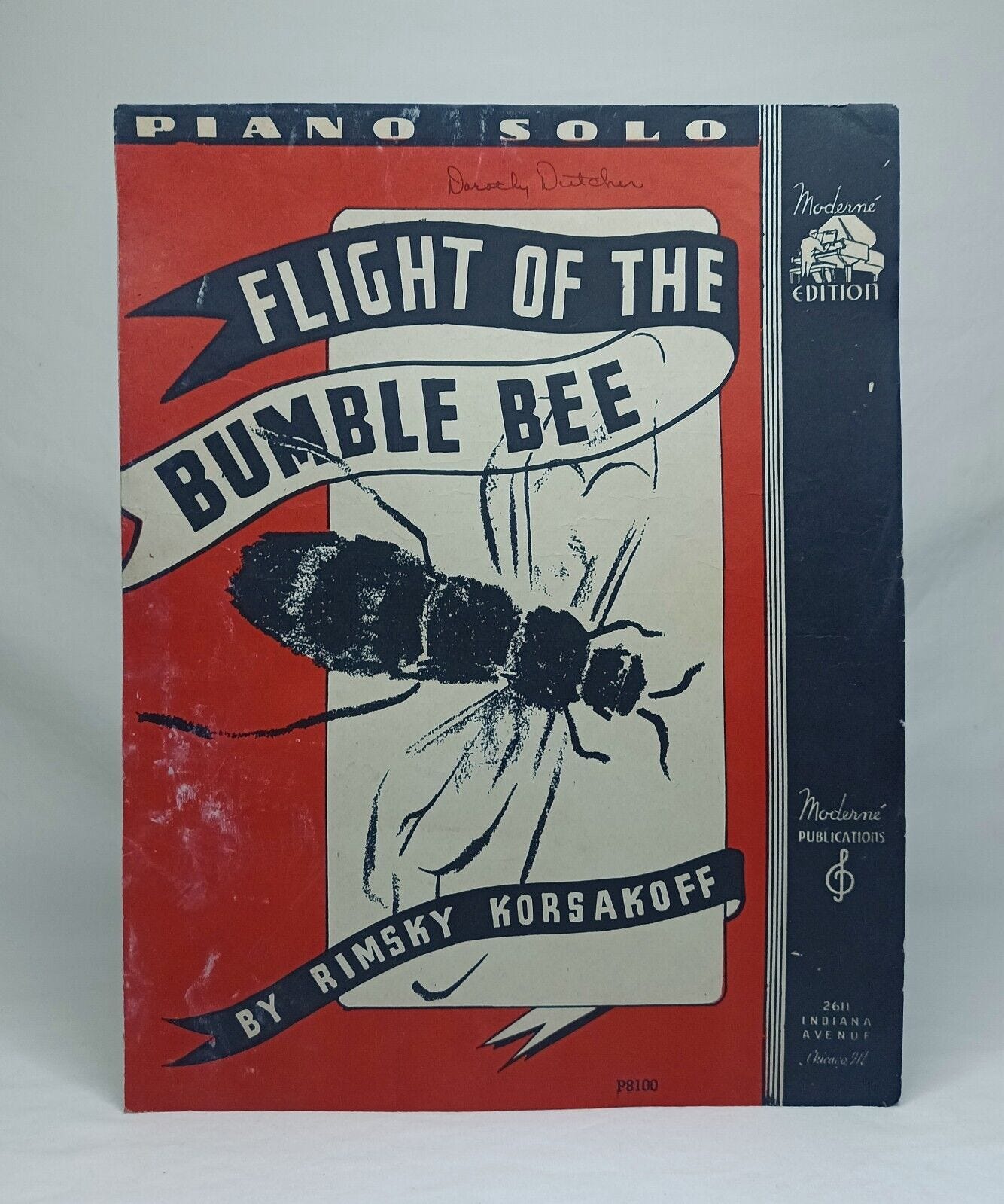
Part two of four (I think) - to be continued in part tree. (and yes, I am playing “Our Love” as part of the first day of “The 12 Days of Sinatra” on KSDS.)
Disclaimer: These are my memories of these incidents, nothing more, nothing less. I apologize in advance in case they may not line up precisely with anyone else’s account of what transpired on those occasions.
Very Special thanks to the fabulous Ms. Elizabeth Zimmer, for expert proofreading of this page, and scanning for typos, mistakes, and other assorted boo-boos!
Sing! Sing! Sing! : My tagline is, “Celebrating the great jazz - and jazz-adjacent - singers, as well as the composers, lyricists, arrangers, soloists, and sidemen, who help to make them great.”
A production of KSDS heard Saturdays at 10:00 AM Pacific; 1:00PM Eastern.
To listen to KSDS via the internet (current and recent shows are available for streaming.) click here.
The whole series is also listenable on Podbean.com, click here.
December 1: The Early Years 1935-42 hosted by Will Friedwald
December 4: The Columbia Years 1943-’49 hosted by Ken Poston
December 5: The Radio Years: hosted by Chuck Granata
December 6: The Fall and Rise (1950-’54) hosted by Will Friedwald
December 7: Frank and Nelson hosted by Will Friedwald
December 8: The Capitol Years hosted by Loren Schoenberg
December 9: Bonus! Sing! Sing! Sing! Some Frank Conversation with Adam Gopnik
December 11: The Movies: Hosted by Chuck Granata
December 12: The Early Reprise Years 1960-'65 hosted by Loren Schoenberg
December 13:The Concert Years hosted by Ken Poston
December 14: The Rat Pack hosted by Ken Poston
December 15: Inside the Studio hosted by Chuck Granata
December 18: 1965-1974 The Main Event hosted by Will Friedwald
SLOUCHING TOWARDS BIRDLAND is a subStack newsletter by Will Friedwald. The best way to support my work is with a paid subscription, for which I am asking either $5 a month or $50 per year. Thank you for considering. (Thanks as always to Beth Naji & Arlen Schumer for special graphics.) Word up, peace out, go forth and sin no more! (And always remember: “A man is born, but he’s no good no how, without a song.”)
Note to friends: a lot of you respond to my SubStack posts here directly to me via eMail. It’s actually a lot more beneficial to me if you go to the SubStack web page and put your responses down as a “comment.” This helps me “drive traffic” and all that other social media stuff. If you look a tiny bit down from this text, you will see three buttons, one of which is “comment.” Just hit that one, hey. Thanks!



